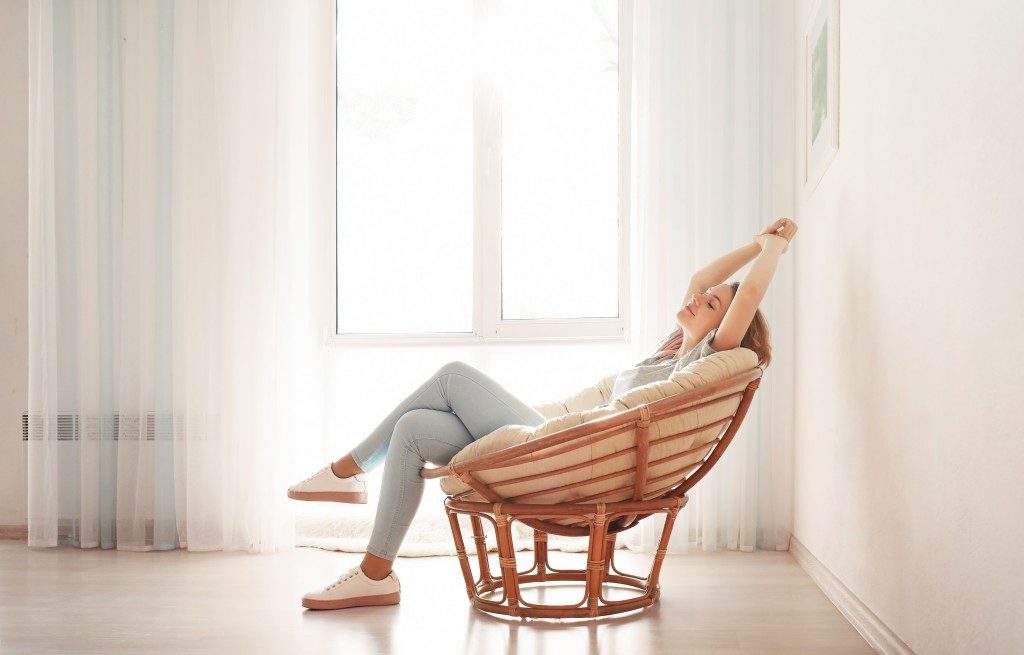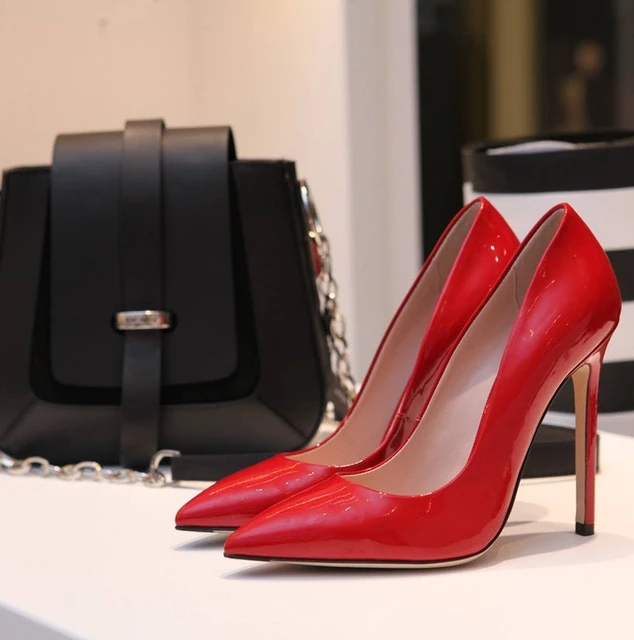There is nothing more than you would want than to come home and rest especially after a long stressful day from work. And your mood could be greatly affected when you come home to a messy and disorganized home, increase your irritation, and just the overall design and placement of the appliances of your home. But just how exactly can interior design affect your mood subconsciously? Here are a few facts that you need to know and may apply when you decide you’d want to rearrange and remodel your rooms:
Space Affects the Way You Think
It’s no secret that the use of space can not only affect the room’s overall aesthetics and design, but it could also affect the atmosphere of the entire room. And when the room’s space isn’t being maximized, or if it’s too crowded, it could definitely affect your headspace. This is also beyond organizing a messy room or storing items that are not useful, but also just the entire placement of the appliances, and furniture. Some people tend to overspend on furniture for the sake of aesthetics and looks but also end up sacrificing Learn to rearrange your furniture or shop at an online furniture shop in Singapore that are not too big that would take up too much space and crowd the room and would not be useful and are unnecessary. This would allow the room to have much more space to breathe, and in turn, your mind as well subconsciously. Basically, a clean environment also helps to have a clear mind, and therefore a lighter mood.

The Color Palette of the Room Affects Your Mood
The mixture of colors is indeed one of the most common ways that a person’s mood, impression, and experience of the world could be influenced. So depending on the mixtures of the colors used in the room, it could evoke different types of emotions within you. For instance, if you want a room to feel more intimate, immediately eye-catching, the use of vivid colors such as red as the main color could make the room livelier and warmer. Meanwhile, bright colors such as yellow symbolize happiness, youthfulness, and creativity, blue for calmness and evoke a soothing atmosphere which is usually the color used for highly functional areas such as the kitchen and the bathrooms. Darker colors like black usually signify elegance and are commonly used for drawing attention to certain spaces in the room. Purple is the color of royalty and luxury which is usually used for bedrooms, while white symbolizes purity, discipline, and cleanliness. So the next time you’d want to set a certain mood for a specific room, choose your colors and mix them wisely!
The Lighting of the Room
Lighting could be a great influence on the mood of the room. Dimly-lit rooms usually get people to be cozier and drift off due to the lack of light since the brain is drawn to any source of light that could trigger a person’s wakefulness. It’s also believed that dimly-lit rooms, especially the dining area of the room would stimulate the guests into being more comfortable and have more open conversations with everyone. Also, in the living room, the more natural light is allowed, the more open and spacious the room would be, along with the proper placements of artificial lights (either LED light bulbs or fluorescent lamps). It is also believed that if a room is well-lit, there’s a higher chance of productivity since there are no distractions for the brain, and evokes a much less cozy atmosphere compared to dimly-lit ones.
The overall strategic placements of certain things – from maximizing the use of space, to using the right color palette, and the lighting has a great influence on the atmosphere of the room, and in turn, your mood as well. Make use of them wisely for both aesthetic and functional purposes.







